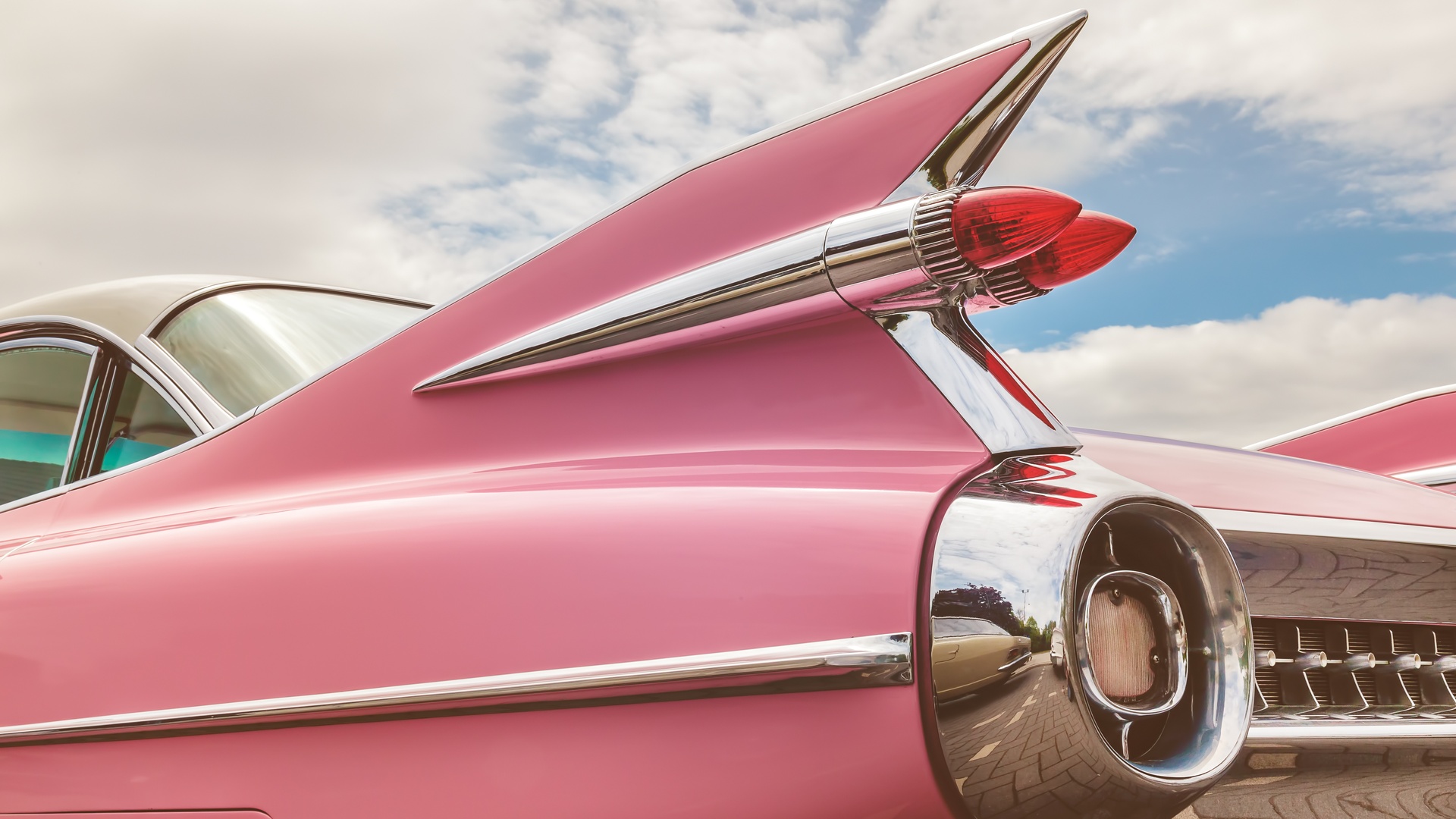Vintage Cars That Never Seem To Go Out of Style

Vintage cars have an undeniable allure. Their timeless designs and rich history captivate collectors and car enthusiasts. More than just vehicles, these classics are a tribute to innovation and craftsmanship from bygone eras.
For people who appreciate the intersection of art and engineering, vintage cars offer something modern automobiles simply can’t replicate. Let’s explore a few vintage cars that never seem to go out of style, highlighting their significance and appeal.
Classic Models That Defy Time
The 1967 Ford Mustang is a prime example of an enduring automotive masterpiece. As one of the original muscle cars, it defined an entire era with its powerful engine and aggressive design. For a first-time Mustang owner, understanding its quirks, from proper maintenance schedules to sourcing authentic parts, is important to keep this iconic car in pristine shape. Few cars have had the cultural impact of the Mustang, which remains a symbol of American freedom and performance.
Another standout is the 1957 Chevrolet Bel Air. Known for its flashy chrome detailing and distinctive tailfins, it represents the optimism of post-war American culture. Its unique design ensures a commanding presence on any road today, mirroring the same sense of style it brought to the highways of the 1950s. It’s become a common sight at car shows, consistently drawing attention and admiration.
Finally, the 1963 Jaguar E-Type is one of the most beautiful cars of all time. Its sleek, aerodynamic body and powerful inline-six engine set new standards for performance and design. This vehicle turned heads during its debut and heavily influenced sports car aesthetics for generations.
Why These Cars Remain Popular
The enduring appeal of vintage cars stems from their distinctiveness. Each model symbolizes an era and carries a story etched in its design and functionality. The Ford Mustang, for instance, reflects the muscle car craze, which redefined the American automobile industry. Similarly, the Bel Air’s expressive styling captured the exuberance of a booming economy and shifting cultural identities.
These cars also influenced modern automotive designs. Elements like the Mustang’s bold front grille and the Jaguar E-Type’s elongated hood have inspired countless contemporary models. Vintage vehicles serve as design benchmarks that modern automakers continue to emulate.
Keeping the Classics Alive
Owning a vintage car comes with the responsibility of preservation. Maintaining their charm requires a well-planned restoration approach.
For instance, consulting specialized mechanics familiar with older engines ensures parts are fitted and calibrated to original specifications. Sourcing authentic replacement components is challenging, but joining car clubs or consulting online communities often yields leads on reputable suppliers.
Owning a vintage car is like owning a piece of history. There’s a profound satisfaction in driving a vehicle that defined an era, knowing many enthusiasts share the same appreciation. Car clubs foster a sense of community by offering spaces to share tips, stories, and admiration for these timeless vehicles. Whether it’s the exhilaration of cruising in a Jaguar E-Type or the satisfaction of restoring a 1957 Chevrolet Bel Air, vintage car ownership offers unparalleled joy. And hey, they never go out of style!







